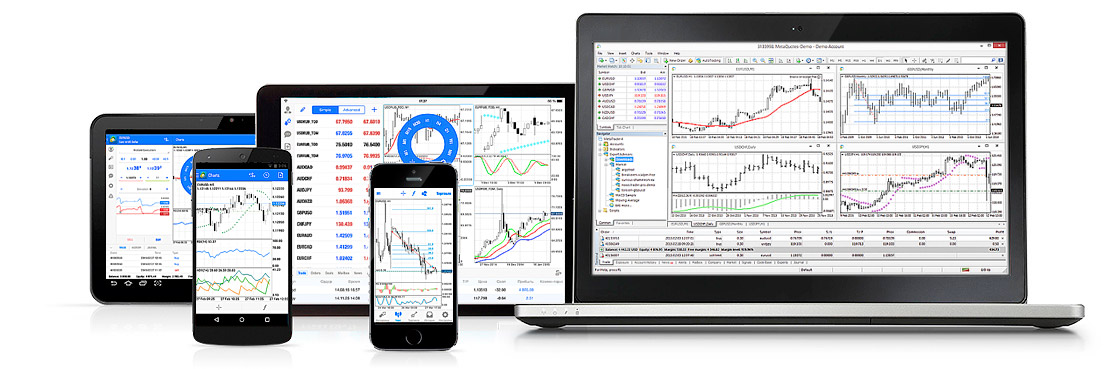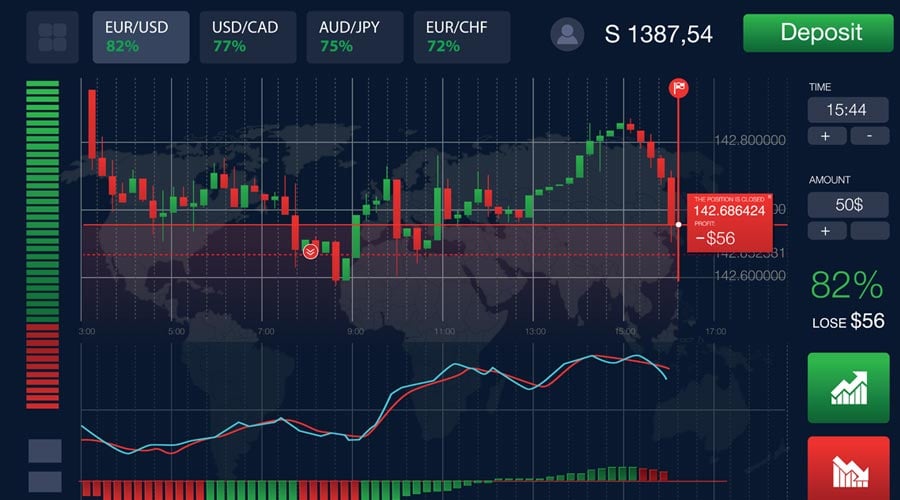
Finding the Best Indicator for Binary Options
In the dynamic world of binary options trading, the right indicators can be the difference between success and failure. Many traders seek the best indicator for binary options to help forecast price movements accurately. Understanding these indicators allows traders to make informed decisions and potentially capitalize on market trends. In this guide, we will explore various popular indicators, their functions, and their effectiveness in binary options trading. Additionally, we will provide insights into how to combine these indicators for optimal results. Discover more about best indicator for binary options 1 minute best binary options trading platforms that may enhance your trading experience.
What Are Binary Options?
Binary options are financial instruments that allow traders to speculate on the price movement of underlying assets, such as stocks, commodities, or currencies. Unlike traditional trading, where a trader buys or sells an asset, binary options involve predicting whether the price will go up or down within a specified time frame. If the prediction is correct, the trader receives a fixed payout; if incorrect, they lose their investment. Because of their simplicity and potential for high returns, binary options have gained popularity among both novice and experienced traders.
Understanding Trading Indicators
Trading indicators are mathematical calculations based on the price, volume, or open interest of a security. They are used by traders to identify potential trading opportunities, market trends, and entry or exit points. The best indicators for binary options trading help in making quick decisions in a fast-paced environment. There are various types of indicators, which can be categorized into three main types: trend indicators, momentum indicators, and volatility indicators.
Trend Indicators

Trend indicators are designed to identify the direction of the market trend, helping traders decide whether to buy or sell. Some of the most commonly used trend indicators for binary options include:
- Moving Averages (MA): Moving averages smooth out price data over a specific period, allowing traders to see the overall trend. A shorter moving average crossing above a longer moving average suggests a bullish trend, while the opposite indicates a bearish trend.
- Average Directional Index (ADX): The ADX measures the strength of a trend. A reading above 25 indicates a strong trend, while a reading below 20 means a weak trend. This indicator helps traders decide whether to enter the market.
- Parabolic SAR (Stop and Reverse): This indicator provides potential reversal points in the market. When the price is above the parabolic SAR, it indicates an uptrend, while a price below suggests a downtrend.
Momentum Indicators

Momentum indicators measure the speed or strength of price movements. They help traders determine the strength of a trend and potential reversal points. Key momentum indicators include:
- Relative Strength Index (RSI): The RSI ranges from 0 to 100 and is used to identify overbought or oversold conditions. An RSI above 70 indicates an overbought market, while an RSI below 30 indicates oversold conditions, suggesting potential reversals.
- Stochastic Oscillator: This indicator compares the closing price of an asset to its price range over a specific period. Values above 80 indicate overbought conditions, while values below 20 suggest oversold conditions.
- MACD (Moving Average Convergence Divergence): This indicator follows trends and provides signals based on the relationship between two moving averages. A MACD crossover can signify potential buy or sell opportunities.
Volatility Indicators
Volatility indicators help traders measure the price fluctuations of an asset. High volatility can indicate potential price swings, while low volatility suggests a stable market. Important volatility indicators include:
- Bollinger Bands: Bollinger Bands consist of a middle band (SMA) and two outer bands representing standard deviations-away from the SMA. When the price touches the upper band, it may indicate overbought conditions, while touching the lower band may suggest oversold conditions.
- Average True Range (ATR): ATR measures market volatility by calculating the average range of price movement over a set period. Higher ATR values indicate higher volatility, which can affect trading strategies.
Combining Indicators for Better Results
While individual indicators can provide valuable insights, combining multiple indicators can enhance the accuracy of predictions. Here are a few strategies for effectively using indicators together:
- Trend and Momentum Indicators: Using a trend indicator like the MA with a momentum indicator like the RSI can confirm potential trades. For instance, if the MA indicates an uptrend and the RSI shows oversold conditions, it may be a good opportunity to buy.
- Trend and Volatility Indicators: Combining a trend indicator with volatility indicators like Bollinger Bands can provide clearer signals. When the price breaks above the upper Bollinger Band in an uptrend, it can indicate a strong buy signal.
- Momentum and Volatility Indicators: The MACD and ATR can be combined to assess the strength of a trend and its volatility. A strong MACD signal along with an increasing ATR can confirm potential breakouts.
Final Thoughts
Choosing the best indicator for binary options trading can significantly enhance your trading experience. Each indicator has its strengths and weaknesses, and understanding how they work helps traders make better decisions. By combining different indicators, traders can develop more robust trading strategies that align with their goals and risk tolerance.
Ultimately, successful binary options trading requires a combination of technical analysis, risk management, and market knowledge. By utilizing the right indicators and continuously honing your skills, you can improve your chances of success in the fast-paced world of binary options trading. Remember, practice makes perfect, and the more you trade, the better you will become!
